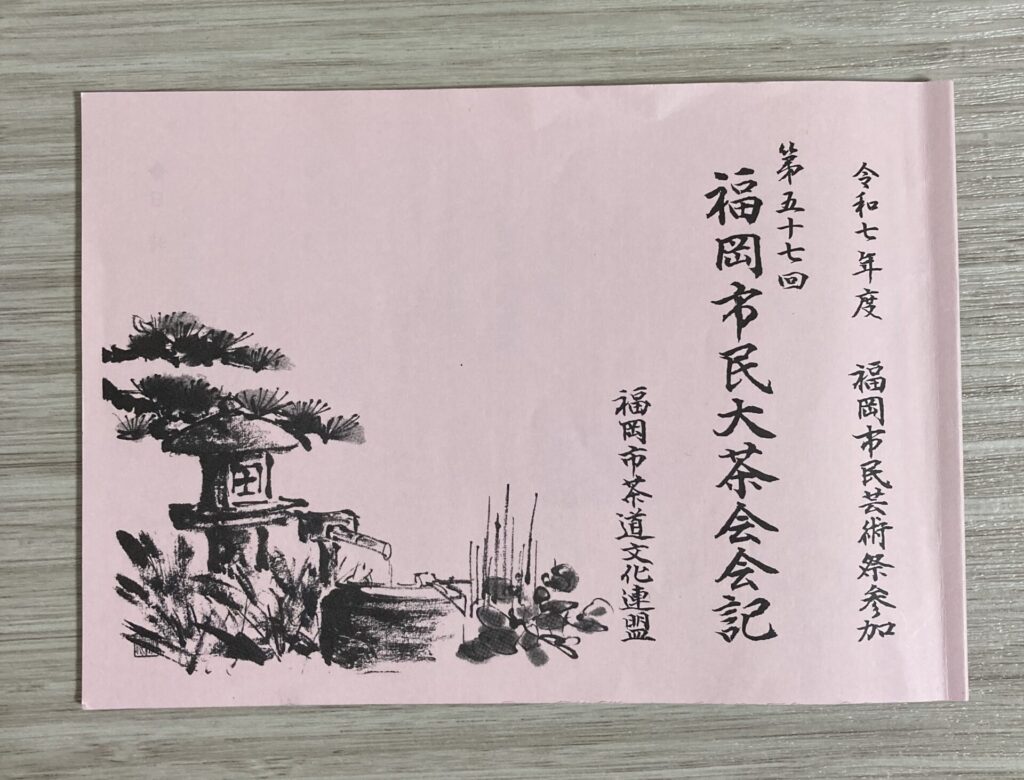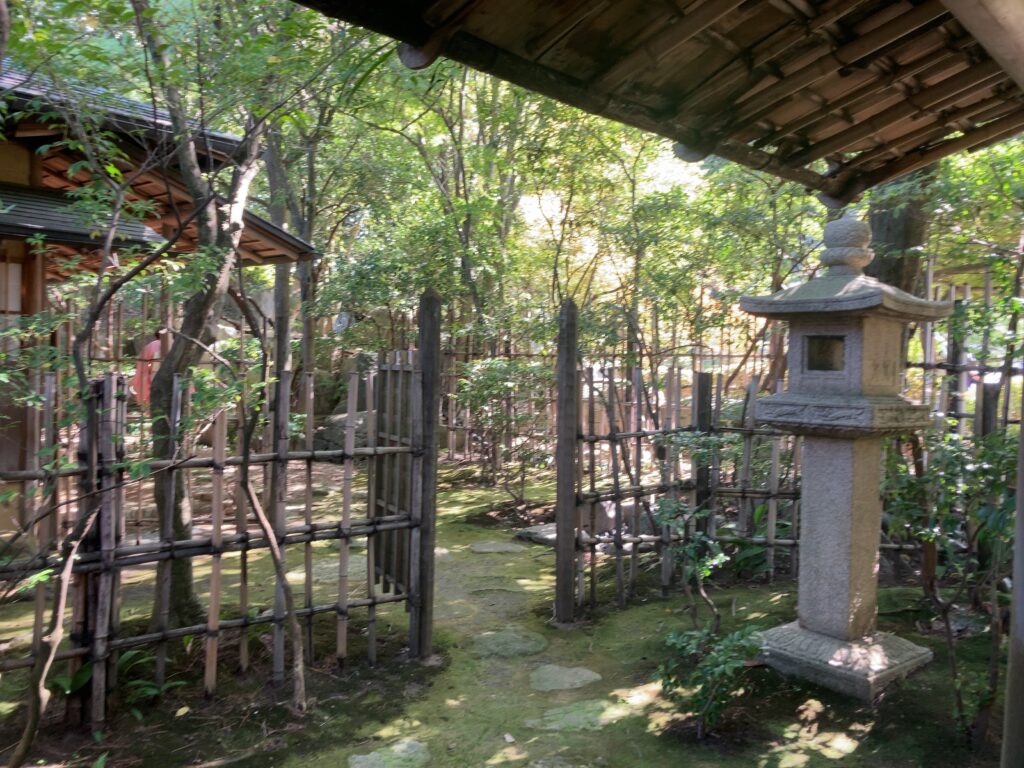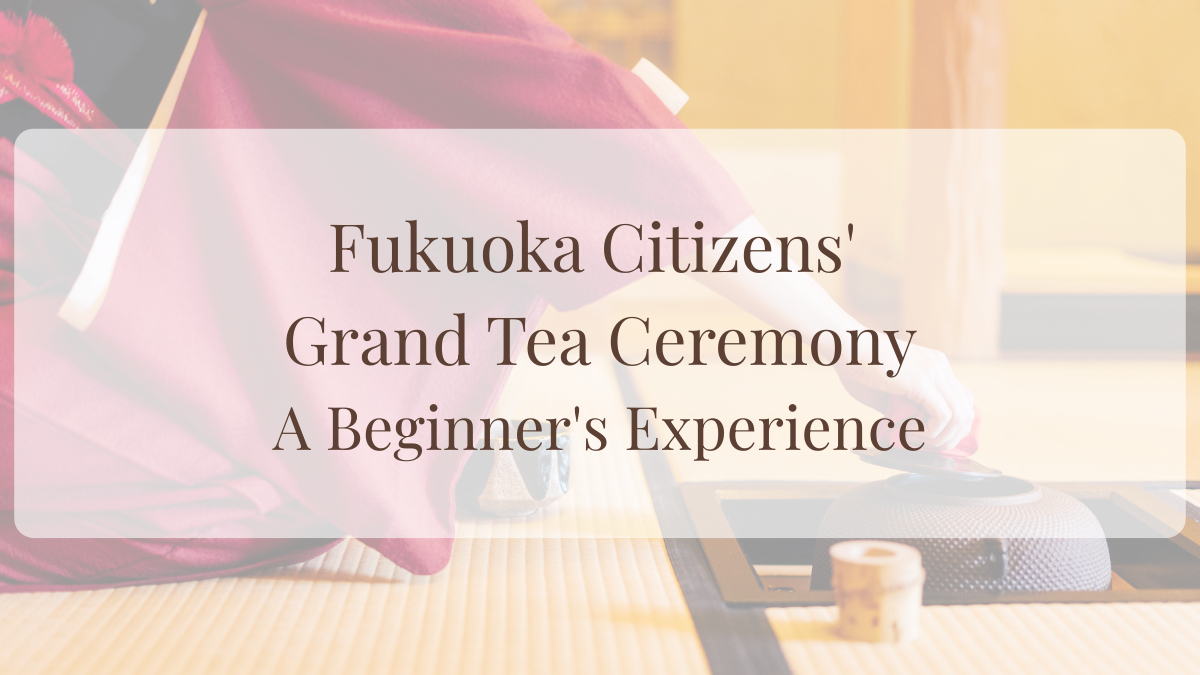- Have You Ever Heard of the Citizens’ Tea Ceremony?
- Where Does the Tea Ceremony Take Place?
- Seven Tea Schools, Seven Different Experiences
- Who Can Attend? (Spoiler: Everyone!)
- How to Join: The Tea Ceremony Ticket System
- My First Tea Ceremony Experience: A Detailed Report
- What I Learned: Tips for Future Participants
- Will I Go Again?
Have You Ever Heard of the Citizens’ Tea Ceremony?
Hello, I’m Umeko! Recently, I had the wonderful opportunity to attend the Fukuoka Citizens’ Grand Tea Ceremony (Fukuoka Shimin Dai Chakai). This special event has been bringing the beauty and essence of Japanese tea ceremony culture to the general public for over 50 years. Can you believe this was the 57th time they’ve held it?
The tea ceremony takes place every year on November 3rd, which is Culture Day in Japan. It’s a perfect way to celebrate traditional Japanese culture while making it accessible to everyone!

Where Does the Tea Ceremony Take Place?
The event spans several beautiful locations throughout Fukuoka:
- Ohori Park Japanese Garden Tea House (Chakaikan)
- Ohori Park Japanese Garden Tea Room (Chashitsu)
- Fukuoka Art Museum
- Gokoku Shrine grounds
They had set up tents on the grass with tables and chairs—this style is called “ryurei-shiki” (table-style tea ceremony) at Gokoku Shrine. It made the experience comfortable and welcoming, especially for beginners like me.
Seven Tea Schools, Seven Different Experiences
Here’s something fascinating: seven different tea ceremony schools (ryuha) participate in this event, each hosting their own tea ceremony at different venues. The schools and locations rotate each year, so every Citizens’ Grand Tea Ceremony offers a fresh experience!
Who Can Attend? (Spoiler: Everyone!)
According to the event information, the Fukuoka Citizens’ Grand Tea Ceremony aims to:
- Pass down and spread tea ceremony culture to future generations
- Welcome anyone—even complete beginners with zero matcha experience
- Encourage international visitors to participate
- Allow people to come in casual clothing
And they really mean it! While I saw many participants wearing beautiful kimono, just as many people came in Western clothes. I even spotted someone in denim jeans. So if you’re worried about dress codes, don’t be—you can truly participate casually.
How to Join: The Tea Ceremony Ticket System
Participating is straightforward. Here’s how it works:
Step 1: Purchase tea ceremony tickets (chakai-ken). A set of two tickets costs ¥2,400 (as of October 2025), allowing you to experience two different tea schools.
Step 2: Visit the reception tent of your chosen tea school and present your ticket.
Step 3: They’ll give you a time slot for the tea ceremony. Popular sessions might have wait times of several hours, so plan accordingly!
Bonus: Your tickets include a “kaiki exchange voucher.” You can trade this for a booklet called “kaiki,” which lists all the tea ceremony items used—from hanging scrolls to kettles, tea bowls, and sweets. While I’m a complete amateur and couldn’t fully appreciate these details, my friend who studies tea ceremony found it absolutely fascinating!

My First Tea Ceremony Experience: A Detailed Report
Let me share my journey! This was my first time attending, and I went with a friend. We participated in three different tea sessions.
First Session: The Outdoor Table-Style Ceremony

After presenting our ticket at reception, we were given our time slot. My first experience was the ryurei-shiki ceremony under a tent on the grass.
The ceremony began with greetings from the host. Then, they prepared tea for the “shōkyaku” (the main guest who represents all attendees and interacts with the host) and the “jikyaku” (the second guest). If you sit near the front, you can watch this beautiful preparation process up close.
The Sweets
While the tea is being prepared, traditional Japanese sweets (wagashi) are served. The sweets are presented on a large tray or plate, and you take one piece and place it on your “kaishi” (a special paper napkin used in tea ceremony).
Some tea sessions provided both kaishi and “kuromoji” (a wooden pick for eating sweets). I had brought my own kaishi but forgot my kuromoji. Luckily, I received one at the first session and kept it for the later ceremonies!
You can technically eat the sweets with your hands, but the kuromoji is more hygienic and elegant.
The Matcha
After enjoying the sweets, the matcha tea arrives. This is the proper order—sweets first, then tea.
Each tea school prepares matcha differently. Some have more foam, others less, and the taste varies subtly. (I’ll be honest—I couldn’t really tell the difference, but my friend could!)
The matcha was absolutely delicious at every session. The rich, slightly bitter flavor balanced perfectly with the sweetness of the wagashi.
One small disappointment: because this first session was outdoors in a tent, the host’s voice sometimes got lost in the open air. But the overall experience was still wonderful.
Appreciating the Tea Utensils
After finishing your tea, there’s time to admire the tea ceremony tools and the hanging scroll displayed in the space. The tea bowls used for the shōkyaku and jikyaku (cleaned, of course) are also exhibited during this time.
Honestly, I didn’t understand much about these items—but even I could recognize they were magnificent. The quality and beauty of these objects reflect the spirit of “omotenashi” (Japanese hospitality) at the heart of tea ceremony.
Second Session: The Traditional Tea Room
Next, we headed to the tea room at Ohori Park Japanese Garden. Just walking through the gate felt like stepping into another world. The atmosphere was incredibly elegant and peaceful.

The wagashi served here was something completely new to me—sweet bean paste filled with “keiran somen” (golden egg yolk threads). My friend explained that for large tea ceremonies like this, special sweets are often custom-ordered from Japanese confectionery shops. What a thoughtful detail!
Third Session: The Spacious Tea Ceremony Hall
Our final stop was the Ohori Park Japanese Garden Tea Ceremony Hall (Chakaikan), located within the park grounds. The building’s traditional architecture looked stunning, especially with all the kimono-clad participants walking around.

Unlike the intimate tea room, this venue was much more spacious and could accommodate many guests.


What I Learned: Tips for Future Participants
Every tea session served truly delicious tea and sweets. I felt so satisfied and peaceful after this experience!
I was lucky enough to sit in positions where I could watch the tea preparation closely at all three sessions. Each school apparently has different preparation methods, though I admittedly couldn’t distinguish the differences. (Maybe next time!)
A Word of Caution for Complete Beginners
The old event announcements warmly welcome international visitors, and they absolutely should attend! However, going completely alone as a first-timer—whether you’re foreign or Japanese—might feel overwhelming.
Here’s why: at every tea session, I noticed many participants carrying their own tea ceremony tools. This meant most attendees had at least some tea ceremony experience. Even though I went with a friend who studies tea ceremony, I only barely understood what was happening. Without her guidance, I would have been completely lost.
Important note: Nobody will point at you or laugh if you don’t know the proper etiquette! As my friend wisely said, “People aren’t really watching others’ actions as much as you think.” Everyone is kind and understanding.
Still, the atmosphere can feel intimidating when you’re surrounded by experienced practitioners.
My recommendation: If you’re planning to attend, go with someone who speaks Japanese or has some tea ceremony experience. It will make the experience much more comfortable and meaningful.
Why I’m Glad I Went
Despite being a complete beginner, I’m so happy I participated. The delicious sweets and matcha alone were worth it—they brought such peace to my heart.
I also loved the unexpected social aspect! Many people came alone, and neighbors often struck up casual conversations. This kind of friendly, informal interaction at a traditional cultural event felt special and uniquely Japanese.
Will I Go Again?
Absolutely! I’m already planning to attend next year’s Fukuoka Citizens’ Grand Tea Ceremony.
Whether you’re a tea ceremony expert or a curious beginner, this 50-year tradition offers something special: a chance to experience authentic Japanese culture in a welcoming, accessible environment. The combination of beautiful venues, delicious matcha, traditional sweets, and warm hospitality creates an unforgettable experience.
If you’re in Fukuoka around November 3rd (Culture Day), I highly recommend adding the Citizens’ Grand Tea Ceremony to your plans. Just remember to bring a friend who knows the ropes, and you’ll have an amazing time!
Event Details at a Glance:
- When: November 3rd (Culture Day) annually
- Where: Ohori Park Japanese Garden facilities, Fukuoka Art Museum, Gokoku Shrine
- Cost: ¥2,400 for two tea ceremony sessions (as of October 2025)
- Dress code: Casual clothing welcome (though kimono are lovely too!)
- Who can attend: Everyone—beginners, experienced practitioners, and international visitors
Have you ever attended a tea ceremony? I’d love to hear about your experiences!


コメント